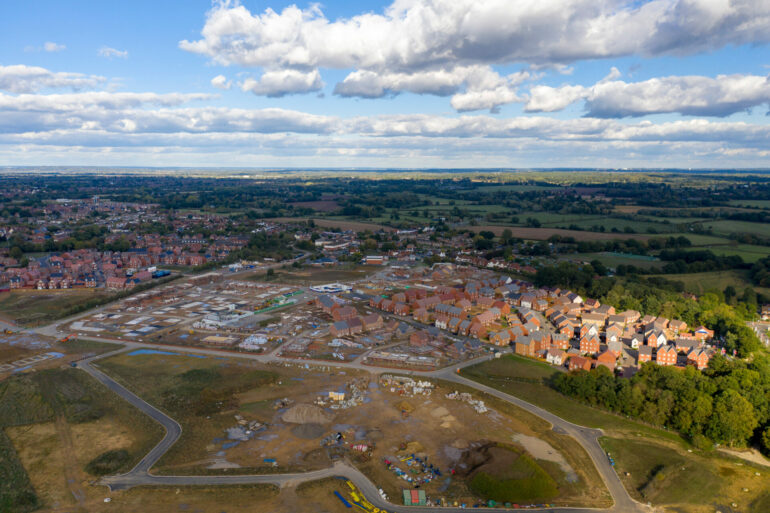It costs over twice as much to buy a property than to build one in England, according to analysis by Searchland.
The development site sourcing specialists compared basic building costs in terms of labour and materials to new-build prices.
Typical new-builds cost 120.1% more than the price of construction, with construction costing o average £198,000 and new-build prices averaging at £436,000, a gap of £238,000.
The South East had the biggest deferential, where it cost £219,000 to build a property and an average of £533,000 to buy a new-build, a difference of 142.9%.
This was despite the region having higher than average construction costs of £210 per square feet.
In London it cost £251,000 to build a home, compared with a new-build average price of £608,000, a difference of 142.5% – the capital also had the highest construction cost of £240 per square feet.
Other areas with a big gap between the cost of construction and a house price were the South West (138.8%) and the East of England (132.8%).
In the North East there was a difference of only 57.8% between the construction cost of £177,497 and the typical new-build price of £280,012.
There was similarly just a 71.3% gap in Yorkshire and the Humber, and a 76.0% divide in the North West.
These regions were also cheaper than most in terms of construction cost per square foot, with Yorkshire and the Humber and the North East coming to £170, and the North West costing a little more at £180.
Mitchell Fasanya, co-founder and CEO of Searchland, said: “The wide gap between the basic cost of new builds and actually building one in England highlights how supply shortages have fired up the housing market.
“While it’s less of an issue up North, in the South the costs involved and high competition have pushed prices out of reach of many.
“London and its suburbs are also fuelled by interest from international buyers, meaning the final price has little relationship to underlying labour and material costs.
“With housing secretary Michael Gove talking up loosening building restrictions on brownfield sites, clearly it makes sense to create new supply to ease this gap between supply and demand, bringing new builds and house building costs closer together for the benefit of new buyers.”




